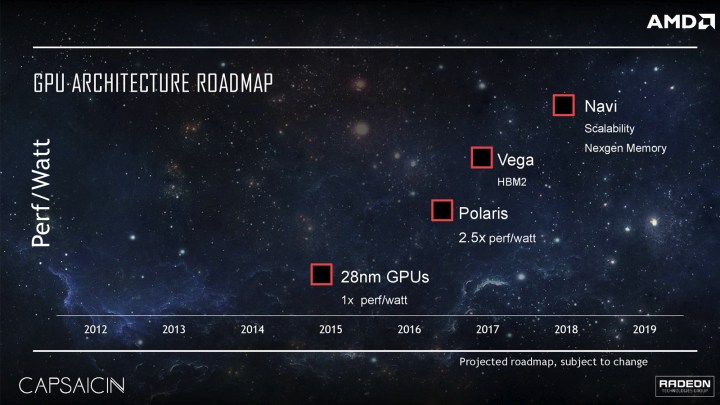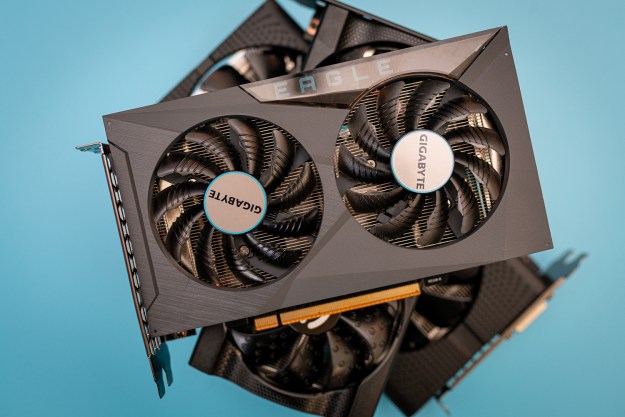
The new target for release is a delay from the speculative October 2016 date that has been floated around in recent months. While that rumor did originate from AMD staffers, it’s now been put to bed, with the company stating for the record that we can expect Vega sometime between January and June 2017.
It could be that Vega is designed as the second in a two-punch combination from AMD, with its reportedly powerful Zen CPU possibly showing up in late 2016 or early 2017, but there’s been no word on any kind of joint launch or promotion as of yet.
It wouldn’t be a bad plan, as releasing the two new technologies in the same general time frame could easily lead to a new range of AMD-only systems, as well as gamers and enthusiasts doing two big upgrades to their rigs in one go, rather than staggered, singular upgrades.
As the true successor to AMD’s Fiji lineup cards that comprised the Fury range, Vega should offer serious performance and much better efficiency regardless of when it arrives. Dropping down to the 14nm FinFET design from GlobalFoundries will make AMD’s hardware architecturally more advanced than Nvidia’s Pascal lineup, which utilized 16nm FinFET transistors.
It will also boast High Bandwidth Memory 2 (HBM2), which should offer huge bandwidth improvements over just about any graphics line available right now.
The question from Nvidia’s side of things will be whether it can bring out the 1080Ti in time to compete directly. While price-wise it’s likely to be similar to the Titan X — in that it’s out of range for most people’s budgets — AMD’s Vega cards won’t be cheap either.
Editors' Recommendations
- AMD’s new CPUs decisively end the high-performance battle with Intel
- The first performance numbers for AMD’s anticipated new GPUs leak out
- AMD ‘undershipping’ GPUs signals weak PC market
- Why I bought one of AMD’s worst GPUs
- The idea for AMD’s next-gen GPUs all started on a napkin





